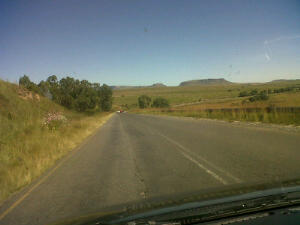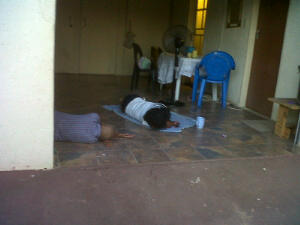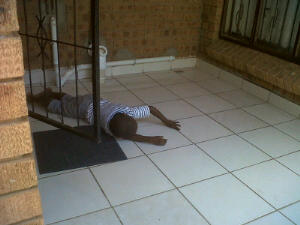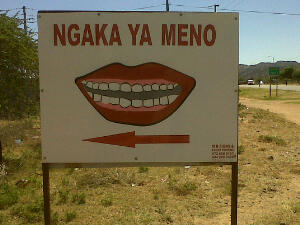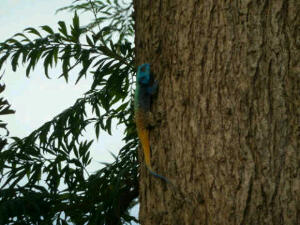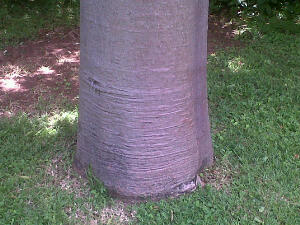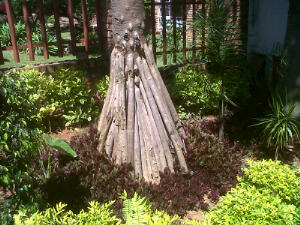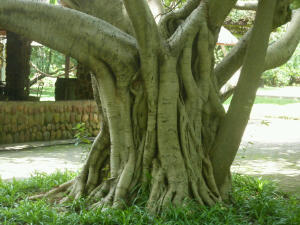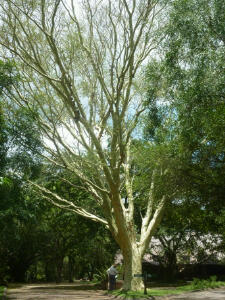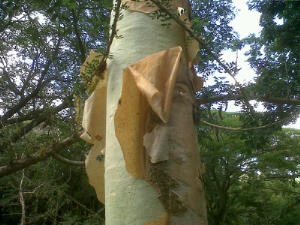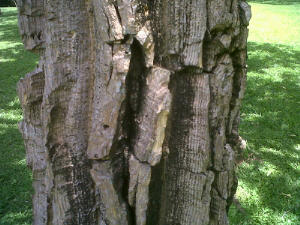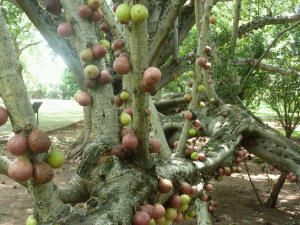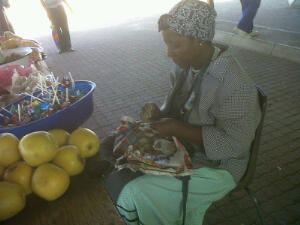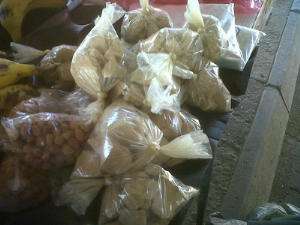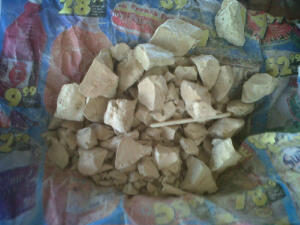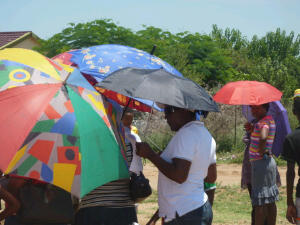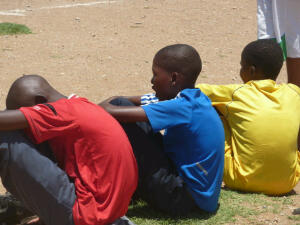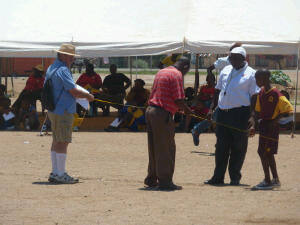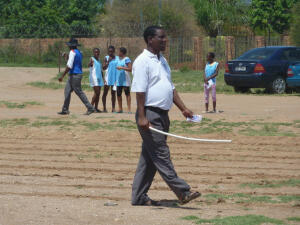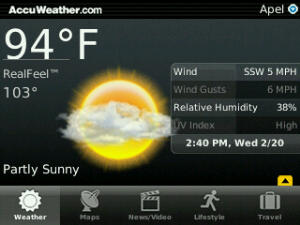
At least the humidity was not so high (by southern U.S. standards).
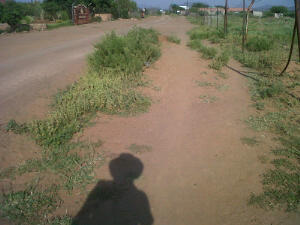
It’s a long, dusty and hot walk to school, and even hotter going home.
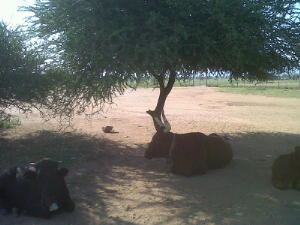
Even the cows know to find some shade.
I realize that if you are in the U.S. and reading this around the day this is posted, you are quite possibly look out on a snow covered street or yard. Even if there is no snow, I’m guessing that you are not sweating much right now (unless you are sitting just a little too close to the fireplace). Wish I could say the same.
Here in the southern hemisphere, it is HOT. Or as we say in Sepedi, “Kwa fisha!”, which means either “I’m hot” or “It’s hot.” Not really sure, but it doesn’t matter as the result is the same.
The last two days I’ve had to walk the 2 km to school instead of catching a ride with my neighbor as I usually do. That, of course, corresponded with two of the hotter days we have had so far. I have given up on the “must look professional and presentable” goal. That is, not unless a red, flushed appearance and a sheen of sweat covering me from head to toe counts as a plus.
I know I have experienced higher temps back in my home states of Georgia and Alabama. No doubt friends in Texas would scoff at a mere 94 degrees. The problem here is there is no air conditioning around for respite. Our rooms at the house sit in direct sun all day, so there’s no relief there (except for the electric fan … a godsend!). My only solace is that I have to remember that other PCVs from my group are in areas that are notoriously hotter (northern Limpopo and on the edge of the Kalahari Desert in Northern Cape). Fortunately for all of us here, summer won’t last forever.
